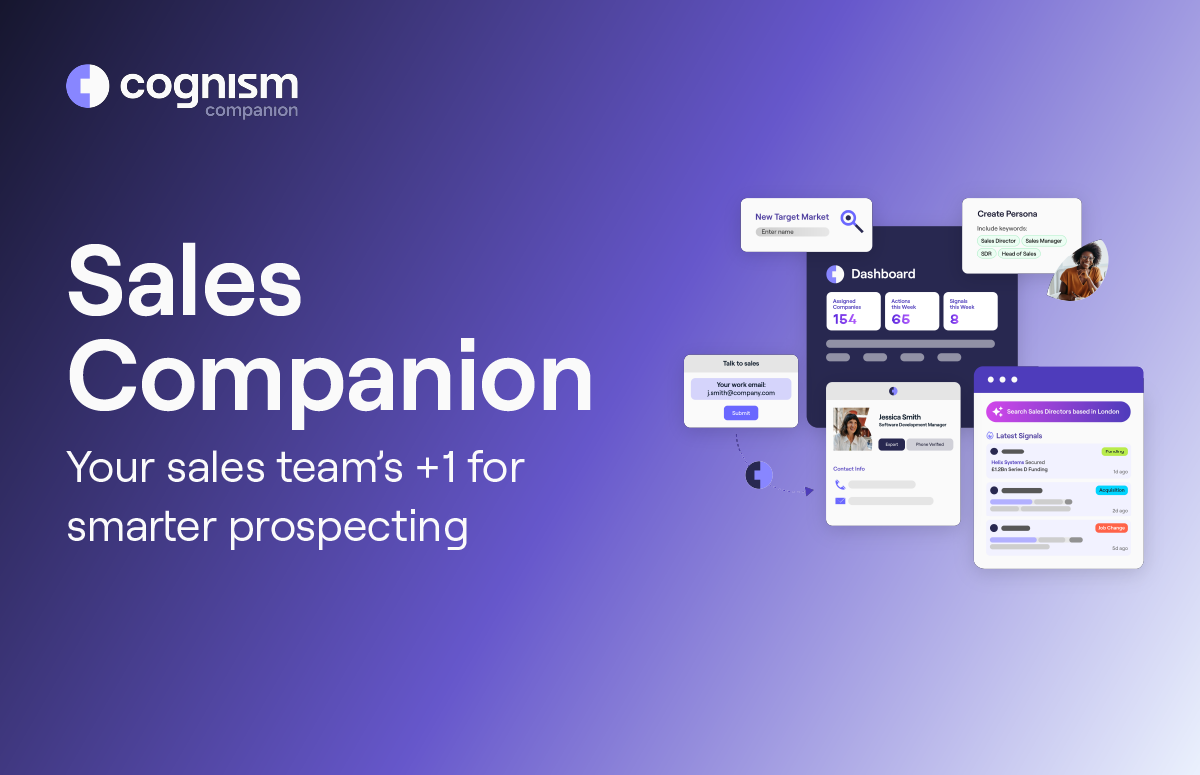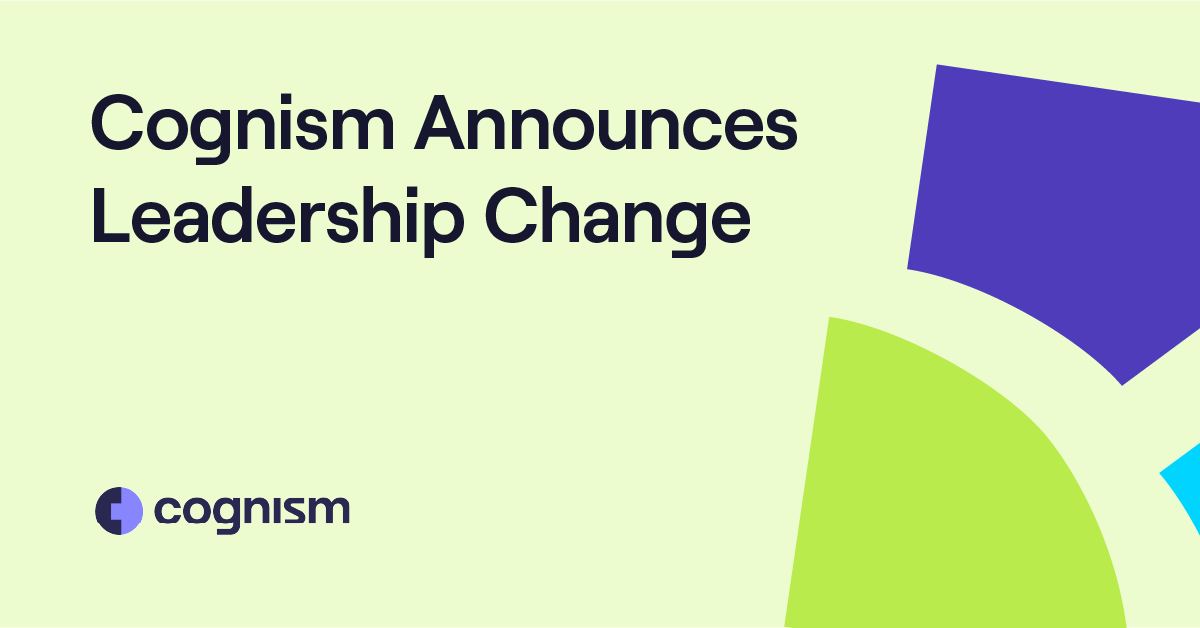Cognism is Now ISO 27701 Certified
Cognism proves its ongoing commitment to data privacy and compliance with new ISO 27701 certification.
Cognism, the globally-compliant international sales intelligence provider, today announced that it has obtained its ISO 27701 accreditation, further strengthening its commitment to data privacy, security, and compliance.
Globally, individuals and businesses increasingly want reassurance and transparency when it comes to the data that organisations collect and process. Information security is essential, not a ‘nice to have’, for all businesses.
The rigorous qualifications and intensive processes undertaken to achieve ISO 27701 accreditation give proof that data security and privacy are of paramount importance to Cognism in the provision of intelligent data it delivers to its global client base.
An extension to ISO 27001 accreditation, which the company obtained in 2019 and recently renewed, ISO 27701 sets additional controls on data privacy and provides guidance for establishing, implementing, maintaining, and improving an organization’s Privacy Information Management System.
In this sense, ISO 27701 sets forth requirements for controllers and/or processors of personal data, holding companies responsible and accountable for their processing activities.
Delfina Vallve Sanmartin, Cognism’s Compliance Manager, said:
“Our ISO 27701 certification evidences our hard work and efforts to ensure that Cognism remains the go-to provider for compliant data. It also reinforces our commitment to our customers and data subjects, as it demonstrates that our processing activities are consistent with one of the highest international data privacy standards.”
Cognism is the market leader for B2B compliant data and has always had a strong commitment to data privacy and information security. Obtaining its ISO 27701 certification further demonstrates Cognism’s compliance with privacy regulations when processing personal data.
Cognism is also SOC 2 Type II compliant; developed in the USA, it is an internationally-recognized standard based on the Trust Services Criteria: security, availability, processing, integrity, confidentiality, and privacy.
Cognism’s CTO, Stjepan Buljat said:
“Working towards industry standards such as ISO 27701 ensures we stay at the forefront when it comes to compliance, illustrating our commitment to data security and privacy. The commitment to and efforts in achieving these accreditations are things we are extremely proud of.”
About Cognism
Cognism is a leader in premium sales intelligence, setting a new standard for data quality and compliance, trusted by 3000+ revenue teams worldwide.
Cognism helps businesses connect with their dream prospects by providing premium contact, company and event information, including firmographics, technographics, sales trigger events, intent data, verified business emails and phone-verified mobile numbers.
Next-level GDPR & CCPA compliance, combined with innovative technology and integrations with leading CRM and sales engagement partners, make Cognism the number one choice for businesses looking to create a predictable pipeline, find their next best business opportunity and overcome global compliance barriers.
For more information on Cognism’s intuitive premium sales intelligence platform powered by world-leading data, compliance and targeting, please visit www.cognism.com.
.jpg)

